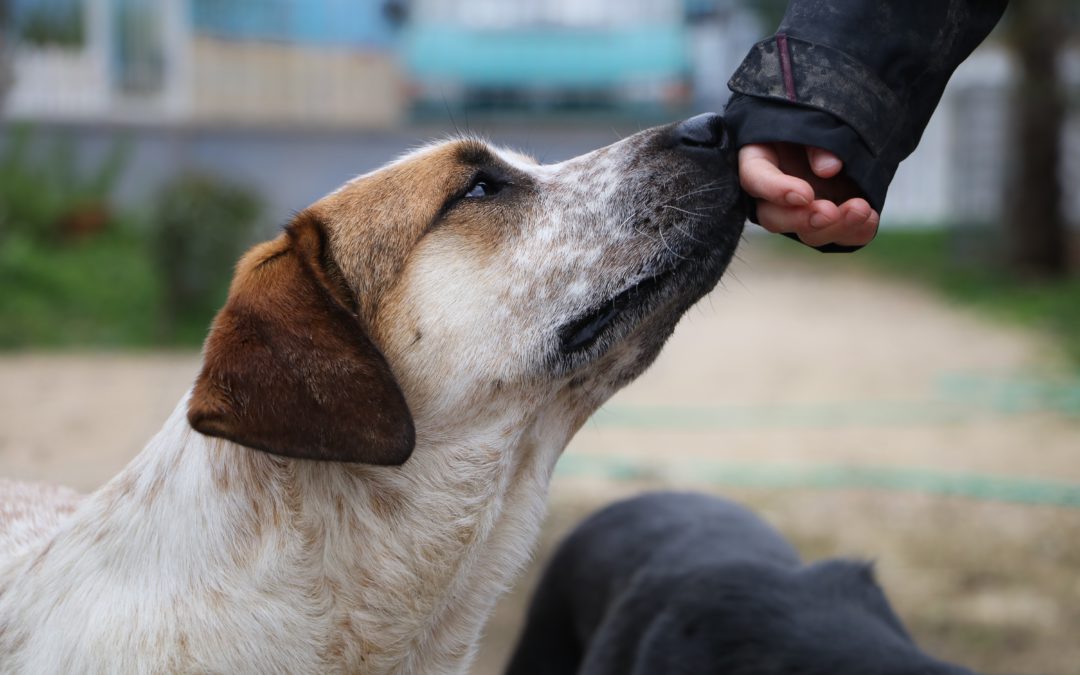It’s the stomach-drop feeling for pet owners, realizing that their beloved family member has escaped from the yard. Frantic, they call the closest animal shelter, start posting on Facebook, and walk the streets around their home to hopefully find their sweet pet.
As an industry, what can we do to help in these lost pet searches?
Initiating and promoting the return to owner or RTO model for animal field services is one way. Shelters across the country are starting to initiate and build momentum behind the RTO model, and they are starting to see its benefits.
The Director of National Shelter Outreach at Best Friends, Scott Giacoppo, gives a comprehensive talk about what animal control officers (ACOs) are doing across the country to increase their RTO rates. Giacoppo explains the following tactics ACOs are using to help return these pets home. Check them out below:
1. Do a comprehensive microchip scan. Giacoppo acknowledges that some animals can be quite squirmy, but doing a scan all over the animal’s body for a microchip can be the difference in finding the pet’s owner or not. Scan up and down, from head to tip of tail.
2. Search area for owners. If a thorough microchip scan reveals no way to identify the pet’s home, ACOs are encouraged to search the area for the pet’s owner. Giacoppo says sometimes officers will find the pet’s home by just listening for an owner calling for their pet. Driving around the area may turn up people walking and looking for their pet. Or, officers are encouraged to look for yards that have evidence of a dog, but no dog. This could be the stray dog’s home.
3. Talk to people. Start talking to the people in the neighborhood. If you see people on the street ask them if they recognize the dog. Surprisingly, dogs are typically found within two blocks of where they ran away from. This means that the chances of people recognizing a dog from their neighborhood are high.
4. Look for lost pet signs. Watching for signs post about a lost pet in the area the pet was picked up.
5. Post found pet signs. Shelters are starting to provide ACOs with materials to post if they find a pet. The signs include details about the animal and a way to contact the ACO to pick up the pet.
6. Utilize the power of social media. Social media is now one of the first places pet owners will post about a lost pet. Shelters and ACOs can create profiles to post pets they find, while also growing a place for positive engagement with the community.
7. Just follow them home. This almost seems too good to be true, but Giacoppo says sometimes the little guys will just lead you right back to where they came from. Trying this saves them a trip to the shelter and gives their family a happy end.
The Return to Owner model focuses on returning pets in the field back to their owners without ever bringing them into the animal shelter. This frees resources for animals that truly need to be brought into the shelter.
Focusing on returning pets home in the field provides an extraordinary service for the community served. Keep following Pawlytics as we continue building our program to support these programs!
